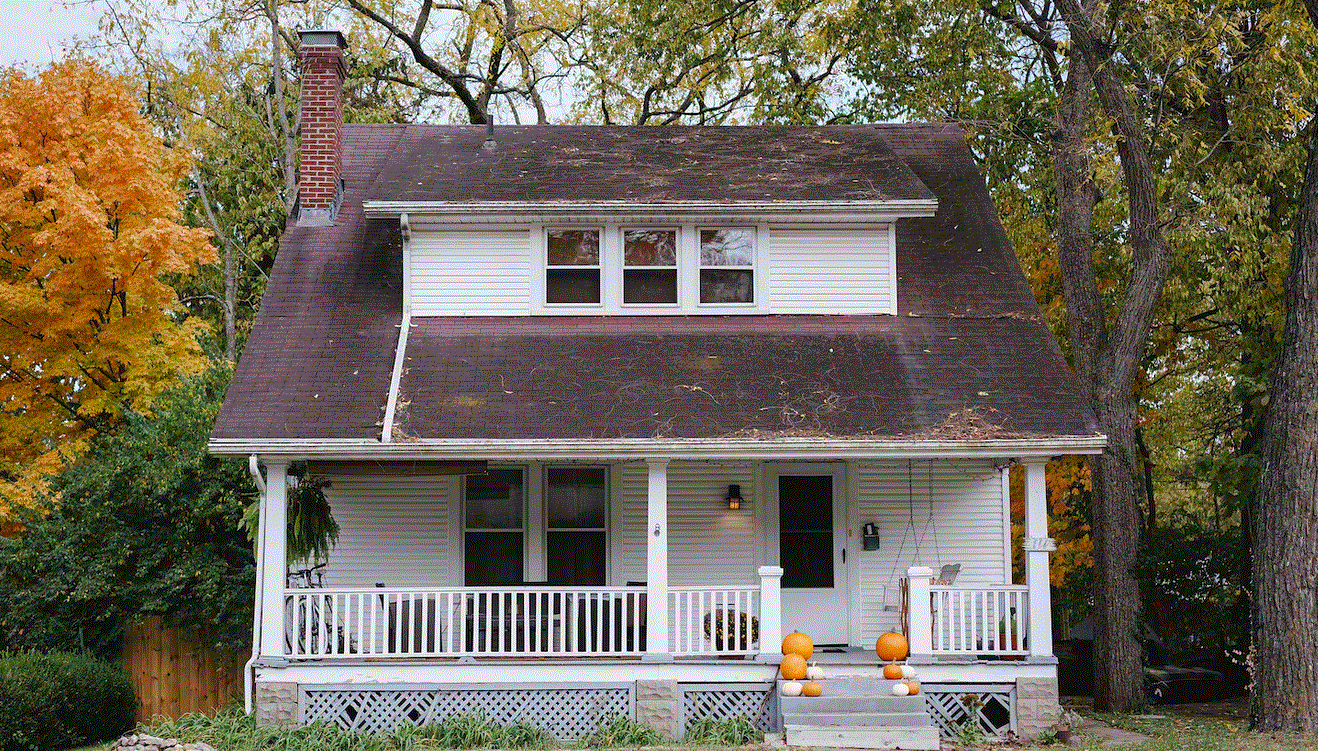PHILADELPHIA - The demand for single-family rentals has increased in recent years. It started before the foreclosure pandemic and has accelerated significantly in the last 18 months. The shortage of affordable housing and current demographic trends show that demand will continue to be strong. And as the population continues to grow, so will the rental market.
Rent prices will fall
The number of single-family rentals will decrease in the next few years, according to a report released by Integra Realty Resources. While most multifamily assets are trading at record highs, the number of single-family rentals will continue to decline. This will have an impact on rental rate forecasts in the near future.
Despite the current sluggish market for renting, the US housing market is still in a state of recovery. While vacancy rates have declined, multifamily investment activity is expected to rebound in the second half of the year. In the meantime, rents are projected to fall -0.2% to -0.5%. The decline in rent prices is expected to be felt mainly in major cities, but the trend will continue for some time.
The Millennial generation is forming households at record rates. Combined with the shortage of housing, Millennials will continue to drive up prices. Additionally, the rising demand for housing will lead to a shortage in the rental property market. This shortage will put a huge strain on landlords, since there won't be enough available units to meet demand. In addition to this, wages will no longer keep up with rent price hikes. As a result, landlords will have to screen tenants more carefully.
Investors will wonder if rents will rise
The single-family rental market is growing at a fast clip, and there are many reasons why. Rising interest rates, limited housing supply, and demographic-driven demand are creating attractive investment characteristics. The sector is also experiencing historically rapid rises in mortgage rates, which should further boost the industry.
Recent increases in rental property prices have surprised some renters. Some have wondered if the market is near a peak and will crash again. Nonetheless, the forces that pushed landlords to reduce property prices and face vacancies are beginning to reverse. While there are risks associated with investing in single-family rentals, there is a significant potential for price growth. US rental property is characterised by tight supply, high demand, and significant wealth for those able to rent out their properties.
In some cities, demand for single-family rentals is booming, and rental prices are soaring. In many regions, this trend is spurring new construction and jobs, creating new investment opportunities and new opportunities for property management.
Renters will renew their leases
If you're a renter in the United States, you've probably noticed that your lease is coming up for renewal soon. The good news is that you're not alone. There are millions of renters who are facing the same problem. The recent housing crisis has created an unaffordable rental market, and renters are feeling the pinch. Many cities and states have placed limits on rent increases, and some landlords have frozen their rent prices. Others are factoring two years' worth of rent increases into new leases.
While many renters expect to see an increase in their rent, there are laws in place that make it illegal for landlords to increase rents without a tenant's consent. For example, the Housing Stability and Tenant Protection Act (HASTPA) requires landlords to give tenants at least 60 days' notice before increasing rent.
Renters will be priced out of the housing market by higher mortgage rates
With the rising price of homes, renters are increasingly being priced out of the housing market. There are nearly four million renters in the United States. As a result, rents are soaring across the country. In some areas, rents are up by more than 40%. Despite the high demand for housing, the construction of new housing has not kept pace with the demand.
As housing prices continue to increase, so do interest rates. Higher mortgage rates will push the price of homes above the affordability threshold for many renters. While this is good news for the housing market, it will also limit the options of renters. The higher mortgage rates will also make homebuyers less affordable, further limiting their options and increasing rents.
Single-family rentals are a good investment
Single-family rental properties are seeing some of the best returns over the last few years. A combination of rising home prices, advancing technology, and changing tenant preferences has helped fuel the trend. In the past, big institutional investors preferred multifamily properties, but these investors are shifting their focus. Now, financial heavyweights are bankrolling the single-family rental industry, buying existing properties and building new ones.
The average return on single-family rentals is around 8% - 12%, with a maximum return of 12% for mortgage-financed rentals. For cash investments, the return is usually between five and 10 percent. A solid single-family rental market analysis suggests a return of 7% or more on homes priced under $250,000 and 8% on homes priced over $500,000. These numbers are subject to local market conditions, operating expenses, and property type.




